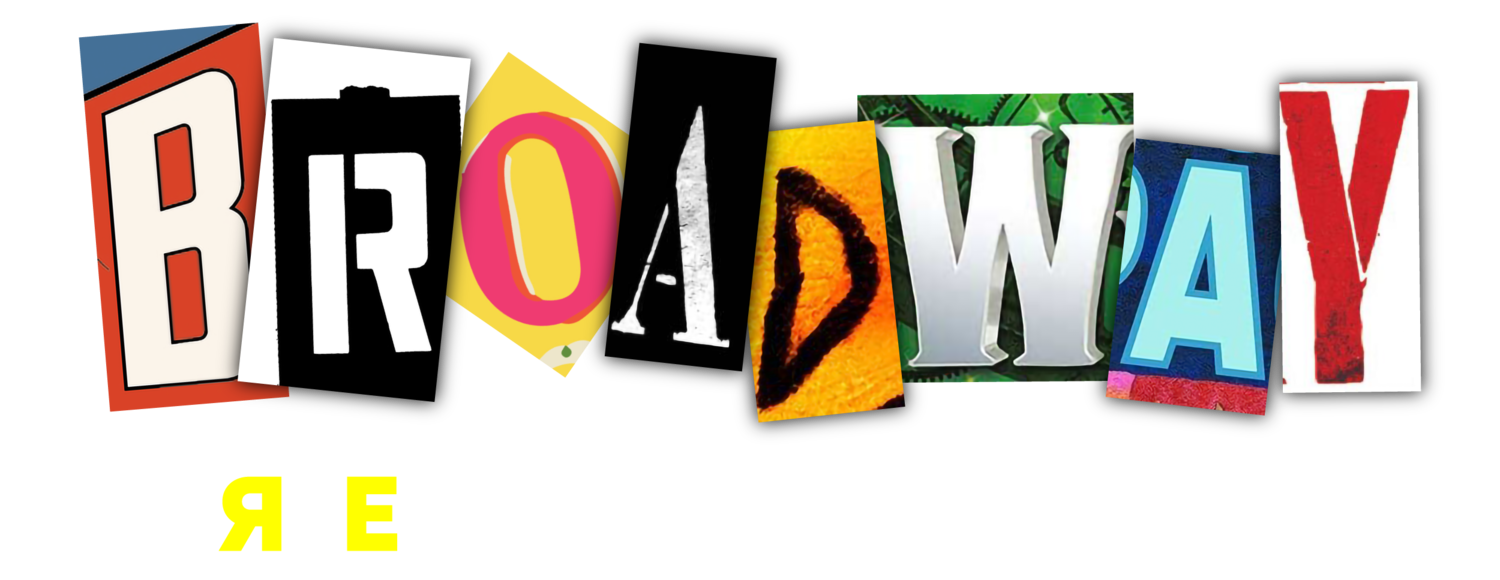Chapter 4: Male Gaze and the Musical
“I was thinking about the shows I’ve done recently. It’s interesting the way the women are costumed. Because we love to go to the theatre to set up an ideal. Or we go to the theatre to see an ideal set up on stage in front of us. Some kind of human condition. Some kind of hyper reality, if you like. So I was looking at it and I thought… We Will Rock You, RENT, Miss Saigon, Les Miserables… so many of the women are dressed basically to look sexy. It’s their role. It’s the responsibility of women to look appealing. To look hot. And to look sexy.”
- Anneke Harrison, pg. 85, HER TURN ON STAGE
The Male Gaze through the lens of Miss Saigon
Legally Blonde’s “Bend and Snap”
Start at 1 hour and 26 mins in.
pg. 90 - HER TURN ON STAGE
“…the song “Bend and Snap” could be seen as an attempt by the girls to subvert the gaze by playing up to it. By overtly using their sexuality, the girls attempt to take back some of the control denied them through being objectified.”
Getting to know the musical, Violet
Violet is a musical with music by Jeanine Tesori and libretto by Brian Crawley based on the short story "The Ugliest Pilgrim" by Doris Betts. It tells the story of a young disfigured woman who embarks on a journey by bus from her farm in Spruce Pine, North Carolina, all the way to Tulsa, Oklahoma in order to be healed.
- Wiki
“These songs are designed to encourage the audience to laugh at the preposterous notion of a woman taking control of a sexual situation — very often the man onstage who is the focus of her attention is flustered and unable to handle the overt sexual implications, because the correct and acceptable situation would have the roles reversed.”
- pg. 98, HER TURN ON STAGE
“Whatever Lola Wants” - Damn Yankees
“I Cain’t Say No” - Oklahoma!
“Naughty Baby” - Crazy For You
“A Call From the Vatican” - Nine
“When You’ve Got it, Flaunt It” - The Producers
“The star female roles in Mame, Hello, Dolly!, Anything Goes, Gypsy and Call Me Madam are curiously asexual, probably due to the fact that are generally played by women in their forties or older — experience being a prerequisite for anyone taking on these giants.” The characters in question may want husbands, but there is no suggestion that they are looking for sex.”
- HER TURN ON STAGE, Barnes, pg. 100
THE MORAL OF THE MAKEOVER - Wicked’s “Popular”
MAKEOVER SCENARIOS IN MUSICAL THEATRE:
Wicked - “Popular”
Legally Blonde - “Bend and Snap”
Dirty Dancing - New hair-do
Best Little Whorehouse - the character, Shy
Hairspray - Edna Turnblad
Grease - Sandy’s transformation
Sunset Boulevard - Norma Desmond’s quest for a youthful figure
110 in the Shade - Lizzie
Mame - Gooch
What other characters struggle with “looking good” for a man?
“The association between glamor and sexual availability makes the show-girl the perfect male fantasy — she is both silent and sexual. The male gaze inherent in a line-up of showgirls reminds the women that they are subordinate to the men viewing them.”
- HER TURN ON STAGE, Barnes, pg. 104
“There is Nothing’ Like a Dame”- South Pacific
How do men see women in musical theatre?
Getting to Know… The Color Purple
The Color Purple is a musical with a book by Marsha Norman and music and lyrics by Brenda Russell, Allee Willis, and Stephen Bray. Based on the 1982 novel of the same name by Alice Walker and its 1985 film adaptation, the show follows the journey of Celie, an African-American woman in the American South from the early to mid-20th century.
The original Broadway production ran from 2005 to 2008, earning eleven Tony Award nominations in 2006. An enthusiastically acclaimed Broadway revival opened in late 2015 and ran through early 2017, winning two 2016 Tony Awards—including Best Revival of a Musical.
A film adaptation of the musical is currently in the works for a December 20, 2023 release.
- Wiki



